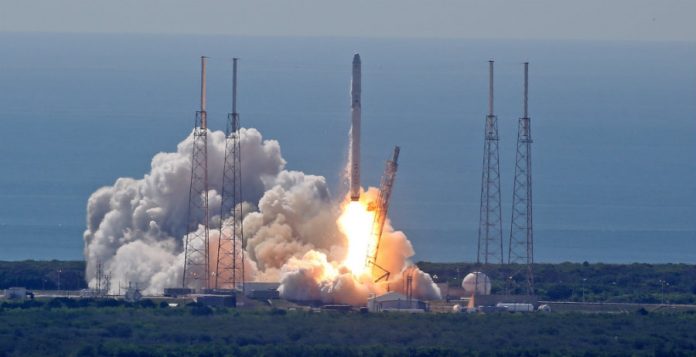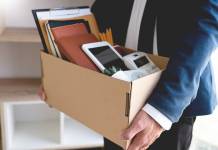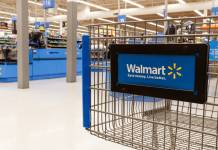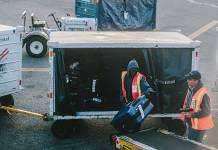
A launch pad explosion destroyed the SpaceX Falcon 9 rocket in Cape Canaveral, Florida, this morning. The aerospace manufacturer was preparing to conduct a static fire test to the Falcon 9 before its launch on September 3rd.
According to authorities, the explosion occurred at approximately 9:07 am at Cape Canaveral’s Space Launch Complex 40. Numerous local witnesses first informed about the incident via Twitter.
Four hours later, SpaceX Chief Executive, Elong Musk, used the same media to explain the origins of the explosion. He said the failure occurred around the Falcon 9’s upper stage liquid oxygen tank while it was being loaded. Mr. Musk added there was no further information on the cause of the accident.
The SpaceX company also tweeted a statement, ensuring there were no injuries during the explosion. According to the company, there was an anomaly on the launch pad, causing the loss of both the rocket and its payload.
https://www.youtube.com/watch?v=LxkIgyGqImk
The Falcon 9 was supposed to deliver Spacecom’s Amos-6 communication satellite this Sunday. The Israeli-based company was counting on the success of the launch to sell its satellite to a Chinese conglomerate. The investment deal was for $285 million.
However, Spacecom’s stocks fell significantly soon after the first reports of the incident.
The explosion affected Facebook’s Internet.org
Facebook was one of the major enterprises relying on the Amos-6. The corporation purchased the Ka-band capacity of the satellite in October 2015. Facebook was planning to use this technology to deliver broadband connectivity across sub-Saharan African regions, as a part of its Internet.org initiative.
Nine companies were waiting to use the Falcon 9 for launches before January
The unexpected launch delay of the Falcon 9 due to the explosion signifies trouble for other corporations. Iridium Communications planned to deliver the first ten satellites of its next-gen constellation with the help of the rocket.
The mission was set to occur over the second half of September. SES was also counting on the rocket 9 to take its SES-10 and SES-11 satellites into space.

NASA depends heavily on the rocket for resupply missions
According to Space News, the incident could have repercussions in civil and military space. SpaceX currently provides freight services for NASA. The company is also developing a commercial crew system, and it’s competing for national security launches once in the domain of the United Launch Alliance.
The list of customers expecting to use the rocket includes EchoStar Corp, KT Corp. of South Korea, and the National Space Program Office of Taiwan (NSPO).
Loss of Falcon vehicle today during propellant fill operation. Originated around upper stage oxygen tank. Cause still unknown. More soon.
— Elon Musk (@elonmusk) September 1, 2016
No information about the cause of the explosion is available at the moment, as the incident is under investigation.
Source: Space News











